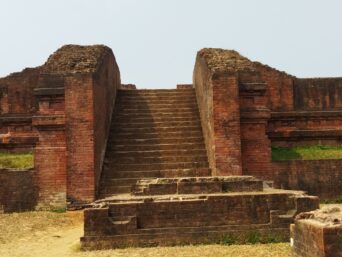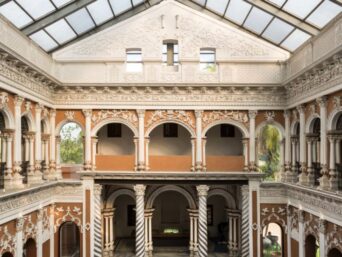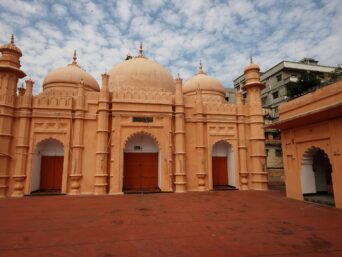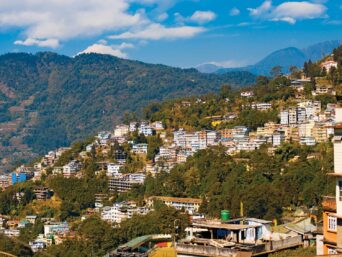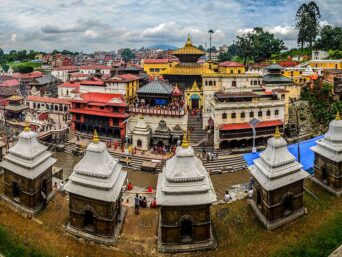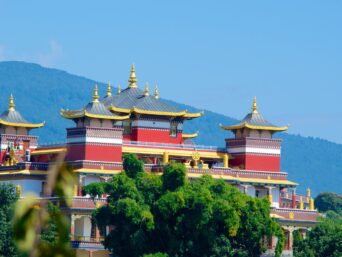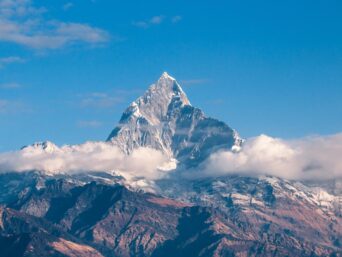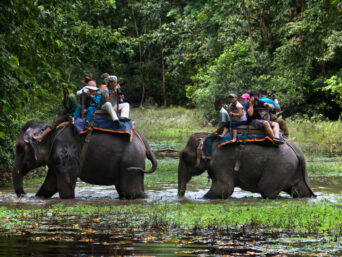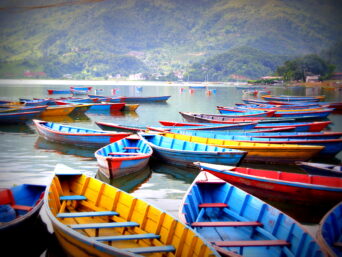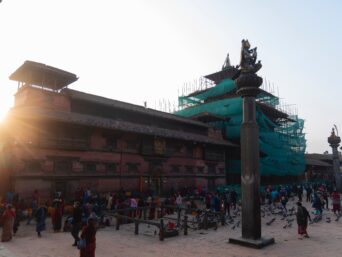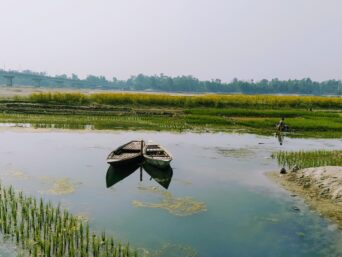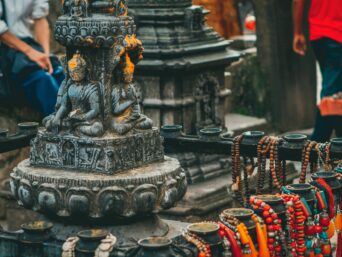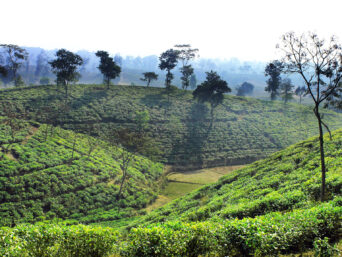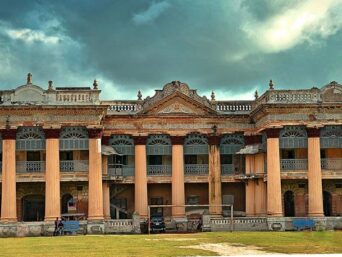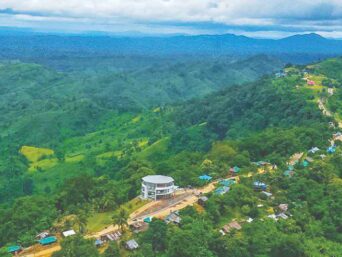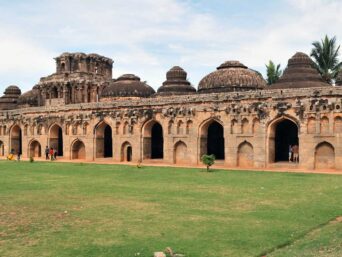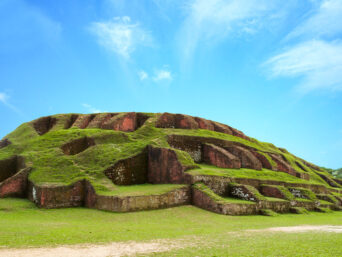Curzon Hall, Shahid Minar, Dhakeswari, Lalbagh Fort, Khan Mohammad Mridha Mosque, Star Mosque, Armenian Church, Sadarghat, Ahsan Manzil, Hindu streets, National Parliament Complex
Today we will explore old part of the present capital city in the morning and an ancient capital in the afternoon.
After breakfast, drive to Old City through Dhaka University area and visit Curzon Hall meant to be a town hall, was named after Lord Curzon –a Viceroy of India (1899-1905) who laid its foundation stone in 1904. A year later Bengal was partitioned and Dhaka became the capital of the newly created province of East Bengal and Assam. After the establishment of Dhaka University in 1921 it become part of the university's science section and continues as such.
Shahid Minar –the symbol of sacrifice for mother language in 1952 and Dhakeswari, the state temple of Bangladesh for Hindu Community, built by King Ballal Sen in 12th century. Some people believe the city named after the temple.
Then take a short drive to Lalbagh Fort –an incomplete but beautiful Mughal fort. Then walk 10 minutes visiting Khan Mohammad Mridha Mosque –a beautiful mosque of Mughal period.
Take a rickshaw ride to Star Mosque –most ornamented mosque of Mughal period. The mosque is decorated with motifs of blue stars, was built in the first half of the 19th century by Mirza Golam Pir.
Take again another rickshaw to Armenian Church. This church bears testimony to the existence of a significant Armenian community in the region in the 17th and 18th centuries. Following the domination of their homeland by Persian powers of the time, Armenians were sent by their new rulers to the Bengal region for both political and economic reasons. The church was built in 1781. Mother Teresa stayed in the church compound during a 1996 visit to Dhaka.
Then drive to Sadarghat and walk through the bank of Buriganga River crowded with many vendors and crafts. Every day hundreds & thousands of passengers are transported by motor launches to & from far off places through this river port.
Visit the most beautiful Nawab’s Palace Ahsan Manzil which is also known as “Pink Palace”. The construction started in 1856 and finished in 1872. It was constructed in the Indo-Saracenic Revival architecture. Now it has been designated as a museum.
After visiting the wonderful palace, walk through the old Hindu streets and taste the color, smell, sound and activities of the old town.
In the afternoon drive around the National Parliament Complex –master piece of world famous Architect Louis I Kahn, is our Assembly House surrounded by beautiful lake and gardens.

